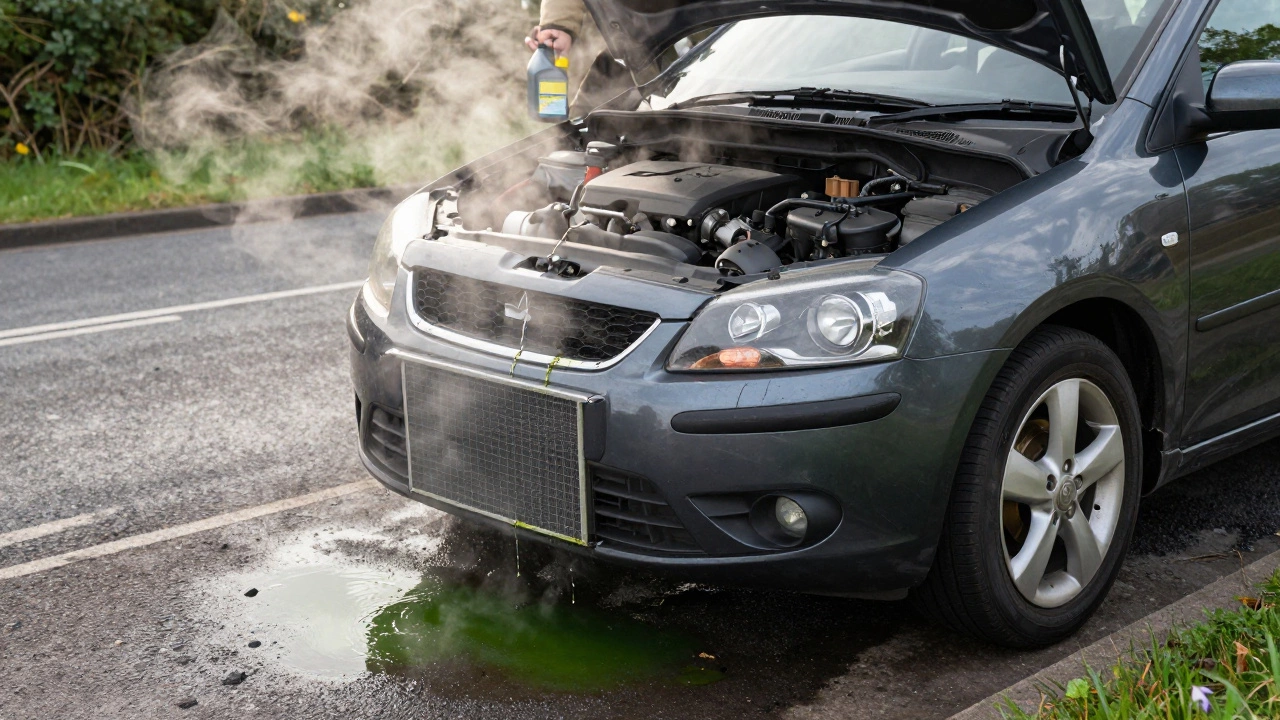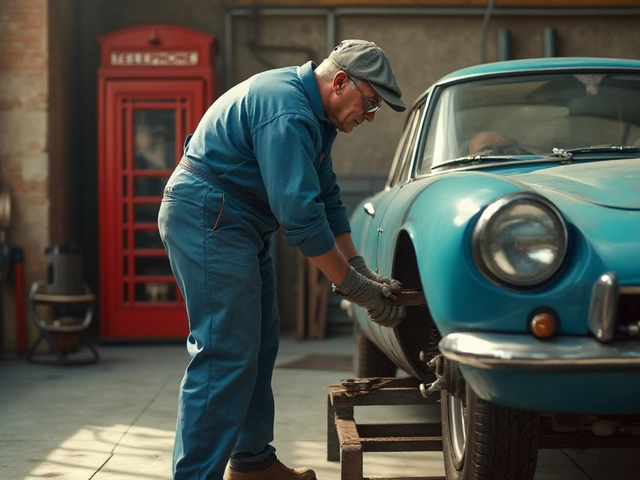Radiator Repair: Simple Tips to Keep Your Engine Cool
If your engine is getting hotter than it should, the radiator is probably the culprit. A faulty radiator can lead to costly breakdowns, but most issues are easy to spot and fix before they wreck your car. Below you’ll find the most common signs of radiator trouble, quick DIY fixes, and clear pointers on when you should head to a workshop.
Common Signs Your Radiator Needs Attention
First thing you’ll notice is the temperature gauge creeping up. If the needle stays in the red zone, it’s a clear warning. Look for steam or a sweet smell coming from the front of the car – that’s hot coolant trying to escape.
Another giveaway is low coolant levels when you check the reservoir. A sudden drop usually means a leak. Leaks can appear as puddles under the car, often a clear or greenish fluid. If the radiator looks rusty, cracked, or has a bulge, those are signs the core itself may be damaged.
Don’t forget the radiator fan. When the engine is hot, the fan should kick in automatically. If it stays silent, the fan motor, relay or temperature sensor could be at fault, making the radiator work harder than it should.
DIY Fixes and When to Call a Pro
Many minor radiator problems can be handled at home with a few tools. Start by topping up the coolant with the correct mix of water and antifreeze – check your owner’s manual for the right ratio. If you see a small leak, a radiator sealant additive can temporarily stop it, giving you time to book a professional repair.
For a clogged radiator, flush the system. Drain the old coolant, run water through the radiator until it runs clear, then refill with fresh mix. This helps restore proper flow and prevents overheating.
When the radiator has visible cracks or the core is bulging, DIY isn’t safe. A cracked core can let hot coolant escape into the engine, causing severe damage. In these cases, replace the radiator or have a qualified mechanic do it. Same goes for a broken fan motor or sensor – electrical work needs proper testing and safety precautions.
While you’re at it, inspect the hoses. Cracked or swollen hoses can cause leaks just as easily as a damaged radiator. Replacing hoses is cheap and simple, often a quick fix that saves you bigger headaches later.
Finally, keep an eye on the coolant’s condition. If it looks dirty or has particles floating inside, it’s time for a flush. Regular maintenance – checking coolant levels every month and flushing every 2‑3 years – can extend the radiator’s life dramatically.
In short, catch the early signs, do the easy fixes, and know your limits. A well‑maintained radiator keeps your engine running smooth, saves money, and prevents unpleasant breakdowns on the road.
 1 December 2025
1 December 2025
Can You Drive a Car with a Cracked Radiator? What Happens and What to Do Instead
Driving with a cracked radiator risks engine damage in minutes. Learn the signs, why temporary fixes fail, and what to do instead to avoid costly repairs.
 12 June 2025
12 June 2025
Best Repair for a Cracked Radiator: What Actually Works?
A cracked radiator can ruin your day—leaving you stranded or watching your temperature gauge rocket up. This article digs into which repair methods actually hold up, from quick fixes to long-term solutions. We'll cover signs you shouldn't ignore, explain repair options in plain English, and throw in tips that could save you hundreds. You'll even get a sense of when it's time to throw in the towel and replace the whole thing. Stop wasting time and money—get straight answers here.
 11 December 2024
11 December 2024
Dealing with a Damaged Radiator: What You Need to Know Before Hitting the Road
Driving with a faulty radiator can lead to severe car damage and dangerous situations on the road. This article explains why radiators are vital for vehicle performance, the risks of driving with a compromised radiator, and early signs of radiator problems. Additionally, it offers tips on preventive maintenance and guidance on what to do if faced with radiator issues.






0